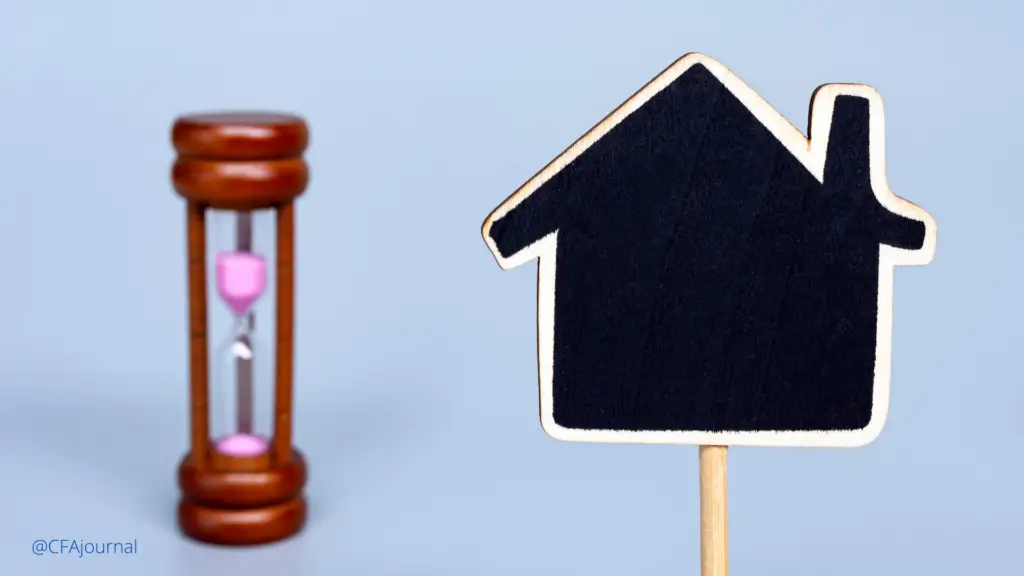
What Is A Sublease?
A lease is a contract where the property owner transfers possession rights to a tenant for use of the property over an agreed-upon period.
The owner receives rentals from the tenant as an income for renting out the property throughout the lease term.
A sublease is when the tenant further rents the property to a third party. There can be several reasons for subleasing, such as the owner moving abroad for studies or early graduation, or the tenant no longer living at the house.
If you want to sublease your house, for any reason whatsoever, here is how you should do it:
1) Check The Local Laws:
Every state has different laws regarding subleasing. Some states legally allow subleasing even if your original contract or landlord prohibits it.
In other states, it may be prohibited to sublease your house. Make sure you comply with the law before proceeding with your search for the subtenant.
If the lease contract forbids you to sublet the house, you can always explain the situation and ask your landlord to review the lease terms.
They may reconsider and amend the terms of the contract.
2) Start Your Search For The Subtenant:
You need to ensure that the subtenant matches the same criteria that you did for the landlord leasing the house to you.
The subtenant needs to be reliable since you’re still legally liable to the landlord for the lease and not the subtenant.
You will still be making regular rental payments to the landlord even if you don’t live there anymore.
Hence, it better be someone you already trust or closest to your social network.
Your ultimate goal is that the subtenant is credible, can pay rent, and is responsible for caring for the house.
You can start your search by:
- Word of mouth. Ask around your friends, colleagues, and relatives if they know someone who would want to rent the place. Ask them to spread the word around for you.
- Create an advertisement including your house’s features, specific dates from what day and until when the house will be available, and your contact information. Post the advertisement on social media, on specific renting and leasing websites, and in the local newspaper.
- If there are any colleges around your house, you could also post the advertisement on the student notice board.
3) Choose A Tenant After Screening:
Use a rental application to get all information about the subtenant documented and in writing. Depending on the applications, conduct interviews of the applicants.
Evaluate the applicant’s ability to pay by examining their income, credit score, and employment status.
You can also call the employer and confirm whether the individual is currently working at the mentioned organization.
Examine the applicant’s criminal records, if any. Verify any references they may have mentioned on the application, for example, their former landlord.
4) Utilities:
Since the utility bills are assigned to your name, you need to figure out how you will manage the payments.
Whether the subtenant will pay the utility bill to you as part of the rental, or whether you will transfer the utilities to the subtenant’s name.
If you don’t plan on coming back, it is best the subtenant directly pays the bills so that you’re not left with any dues and are free from such responsibility.
5) The Sublease Agreement:
You should prepare a sublease agreement so that the subtenant is legally bound to abide by the rules of the lease.
Several sublease agreement templates are available online; however, you can modify the terms to best suit your requirements.
The agreement should at least cover all of the following:
- Names of the subtenant and the sublessor
- The address of your house that you are subleasing
- Several persons living in the house, or are allowed to live in the house.
- The period of sublease i.e. the dates when the sublease begins and ends, including the duration.
- Amount of rent and utilities due per month
- Who and what day of the month should the rent be paid to
- Acceptable modes of rental payment
- Any excess amount charged for late payments
- Amount of security deposit
- Attach the master lease agreement and state that the subtenant is legally bound to follow the rules of the original lease
- Rules about noise levels, number of guests and overnight stays, smoking, alcohol, and parking space.
- Document all the items you’re leaving behind and their current condition
- The date sublease is assigned
- Signatures of the subtenant, sublessor, and landlord.
